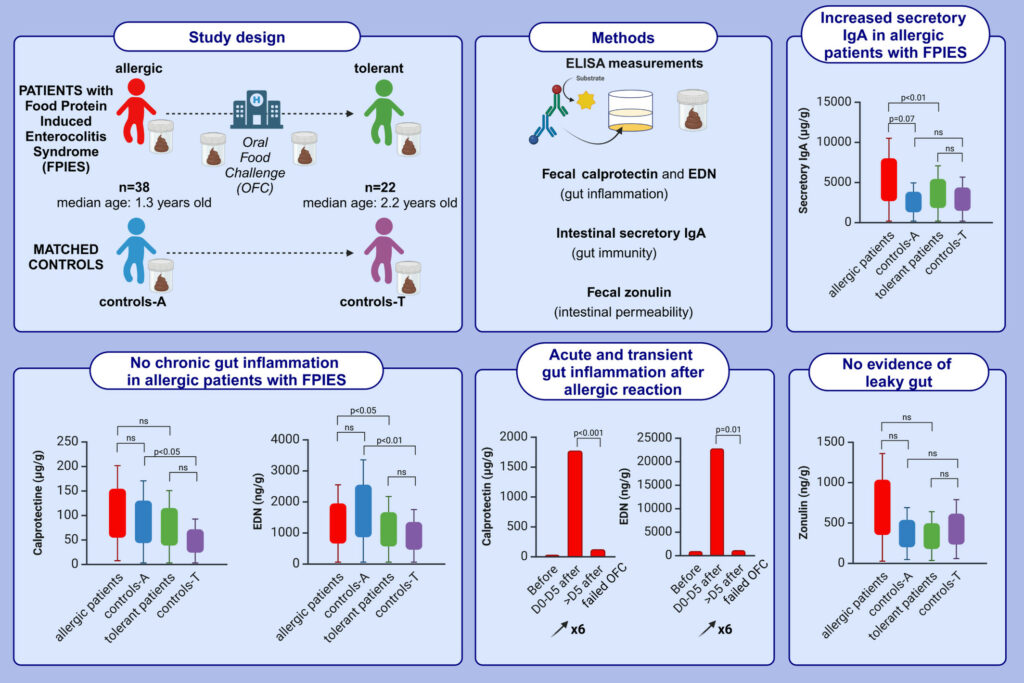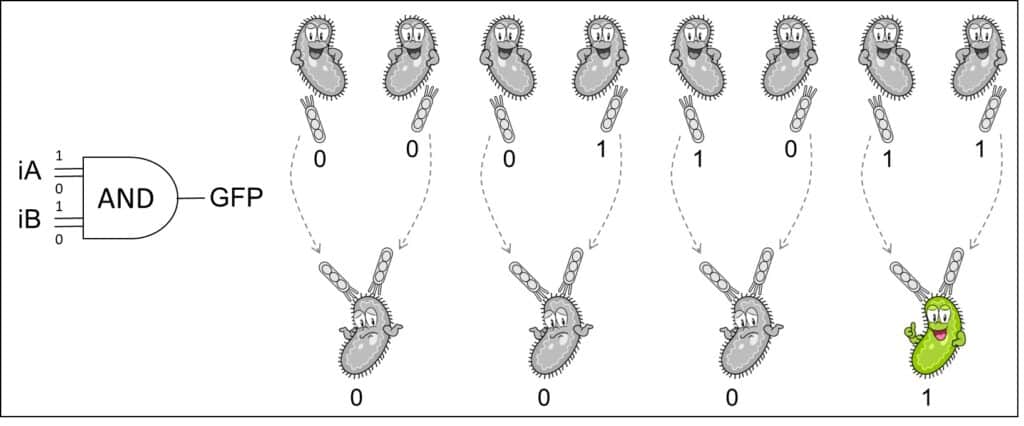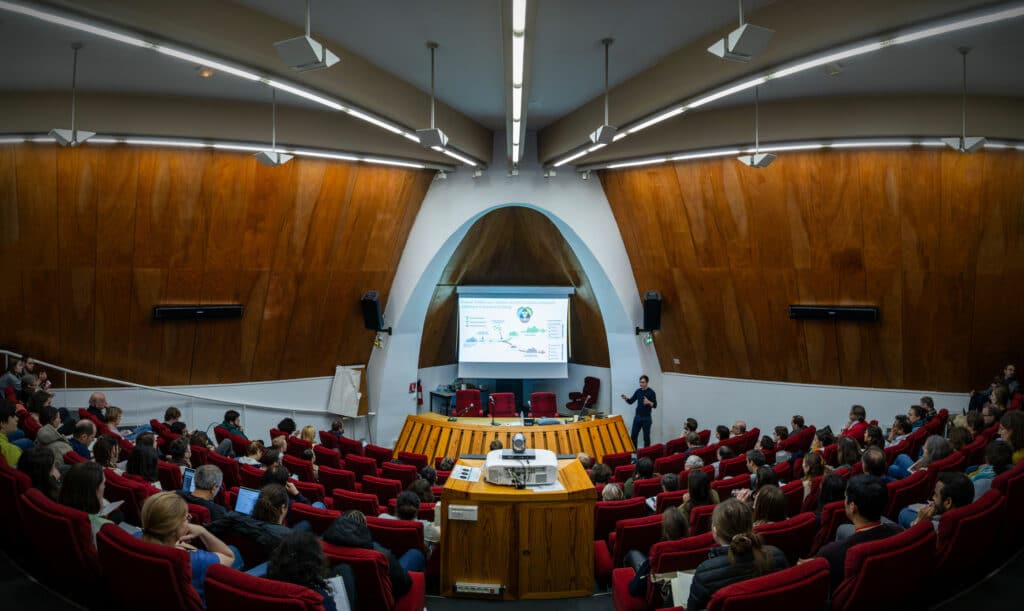Identification of Gut Biomarkers of FPIES (Food protein induced enterocolitis syndrome) in a Longitudinal Comparative Pediatric Study

Anais Lemoine, a paediatrician at APHP’s Trousseau hospital, did her PhD at Micalis, in the Probihôte team. This study is the result of collaboration with clinicians from the APHP at Trousseau and Pitié-Salpétrière hospitals and two INRAE laboratories at UPSaclay (Micalis and MTS/LIAA). Food protein-induced enterocolitis syndrome (FPIES) is a non-IgE-mediated allergy without known biomarkers. […]
Renata Matos – 03/04/2025

Bacterial influence on host response to malnutrition
Matteo Bonazzi – 18/03/2025

New insights on the biogenesis of Coxiella replicative niches revealed by lipid profilig
Médéric Diard – 13/03/2025

Steering bacteria evolution within-host
Charles Bernard – 06/03/2025

Unraveling the Communication Systems of Gram-Positive Bacteria and Their Mobile Genetic Elements
Zeynep Baharoglu – 13/02/2025

Epitranscriptomic response to antibiotics in Vibrio cholerae
Phage-mediated intercellular CRISPRi for biocomputation in bacterial consortia

In the field of Synthetic Biology, biological systems are engineered to sense inputs and respond in a programmed manner, a process called biological computing. Traditional biocomputing faces limitations due to the resource burden on single engineered cells, restricting the amount of foreign DNA they can simultaneously express. A recent solution, distributed biological computing, involves using […]
The 2024 MICALIS symposium

Our annual symposium took place on Friday, December 6, 2024. It was a great success! Philippe Langella, INRAE laureate, opened the day with a talk on the history of Faecalibacterium prausnitzii. Six major new French and European collaborative projects were then presented in the morning. In the afternoon, we had the chance to discover […]
Lydia Palaiodimou – 17/12/2024

Molecular Insights into L. monocytogenes Persistence via Label-Free Quantitative Proteomics
Camille Dop – 19/12/2024

Mechanisms of microbiome adaptation to chronic exposure to xenobiotics and its impact on secondary treatment responses
